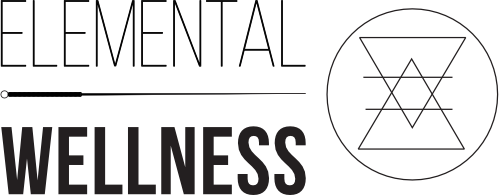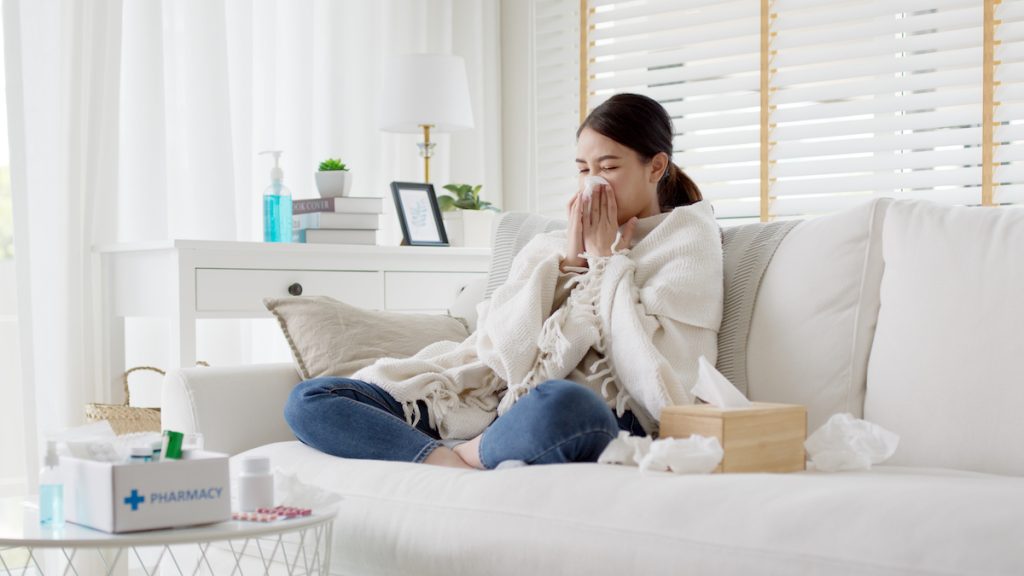Or is that cold maybe a “hot”?
In Chinese medicine we call all upper respiratory infections (hot or cold) External Wind Invasion.
Anything that comes on with a bit of temperature dis-regulation (i.e fever and/or chills), an aversion to cold, fatigue, sneezing, throaty symptoms and congestion is wind invading the body.
We say that the wind invades through the “wind gate” at the back of the neck and that happens due to a relative deficiency in Wei Qi
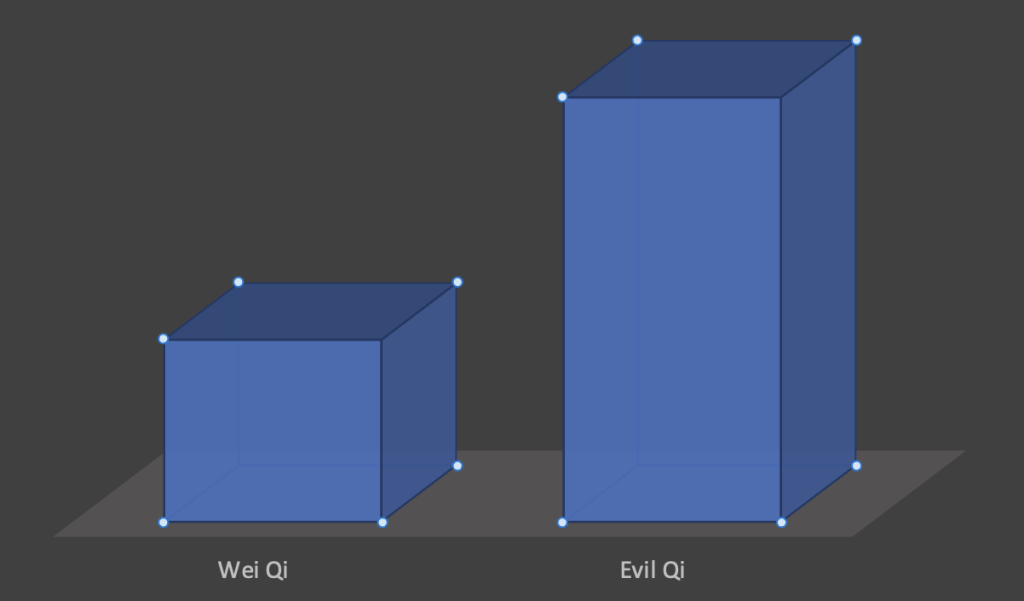
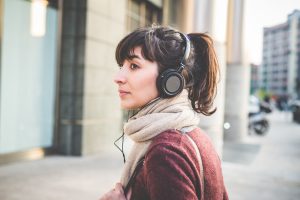
Socks too (i’m just a weirdo rebel)
Check out this post if you want to know more about Qi in general and Wei Qi in particular.
Vital Substances
All colds lead to heat
But just because its all wind, doesn’t mean that its also always cold. In fact, it is also said that all wind-cold will eventually turn into wind-heat. These changes usually happen so rapidly that its often difficult to treat in the clinic. By the time you think to call me, your symptoms are likely already shifting.
You can check out this post to know more about catching the early signs of oncoming illness.
Are you prepared for Autumn?
So, what is a Hot? and How is it different from a cold?
Wind-heat is characterized by the following symptoms: fever, aversion to wind/cold, sore throat, yellow mucous, thirst
Now, this isn’t an exhaustive list, nor does every item need to be checked in order for it to qualify as wind-heat, but there are a few sticking points.
Fever and chills may be present, but in a wind-heat, you will find that the fever is predominant even if just a low grade fever.
Your throat might be scratchy and swollen, but until its actually sore, its a wind-cold throat.
Mucous that is any form of yellow, green or orange is wind-heat. Wind-cold mucous tends to be white or sometimes clear
Thirst may or may not be present but if it is, thats definitely heat.
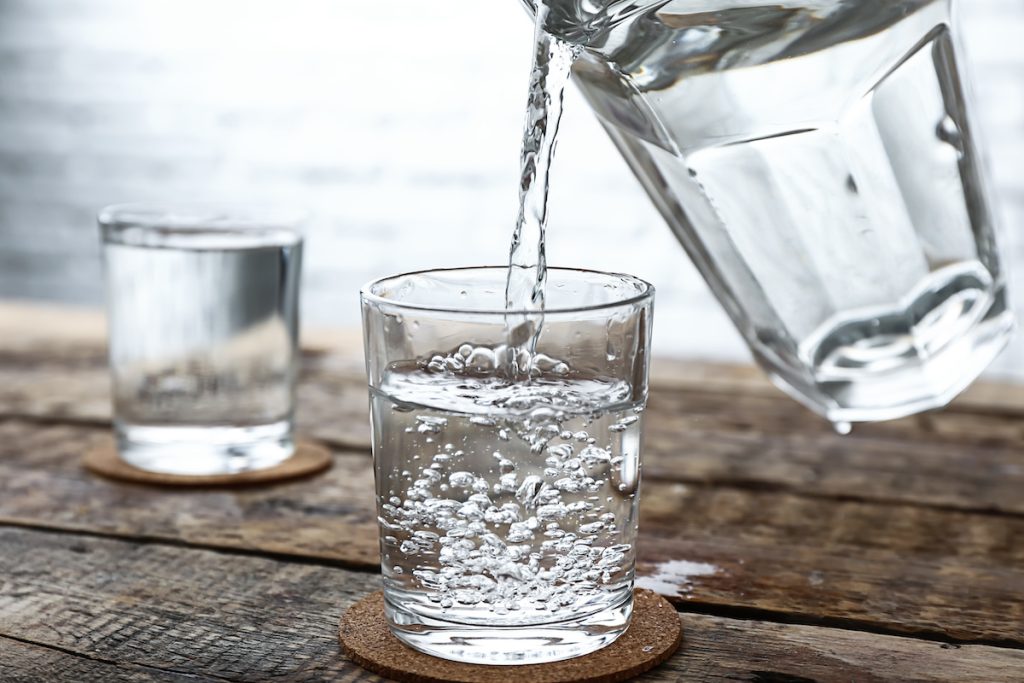
the presence of any signs of wind-heat should be treated as wind-heat.
You may remember me saying that unchecked wind-cold will always turn into wind-heat so, keep in mind that when you’re identifying what phase you’re in, the presence of any signs of wind-heat should be treated as wind-heat.
You might also be interested to know that the phrase “its just allergies” isn’t really reassuring to those of us practicing TCM because chronic allergies are still categorized as wind-cold. We understand it as a sign of a weakened immune system and while its not yet infectious, your weakened immune system does leave you more susceptible to infectious wind-cold and wind-heat.
But what can I do?
The treatments for wind-cold and wind-heat differ in their individual constituents but they are the same in one major area…sweat.
Sweat
There are any different treatment principles in TCM from sweating to purging but for external wind invasion whether it is hot or cold, we are trying to get the body to sweat.
Gui Zhi Tang
This is the classic remedy for a wind-cold but I have to say that it works best in the very early stages. So, you’re feeling a bit chilled and fatigued with a hint of throaty or congestion: try the Gui Zhi Tang protocol or as I like to call it “Sweat it out” as your first line of offense.
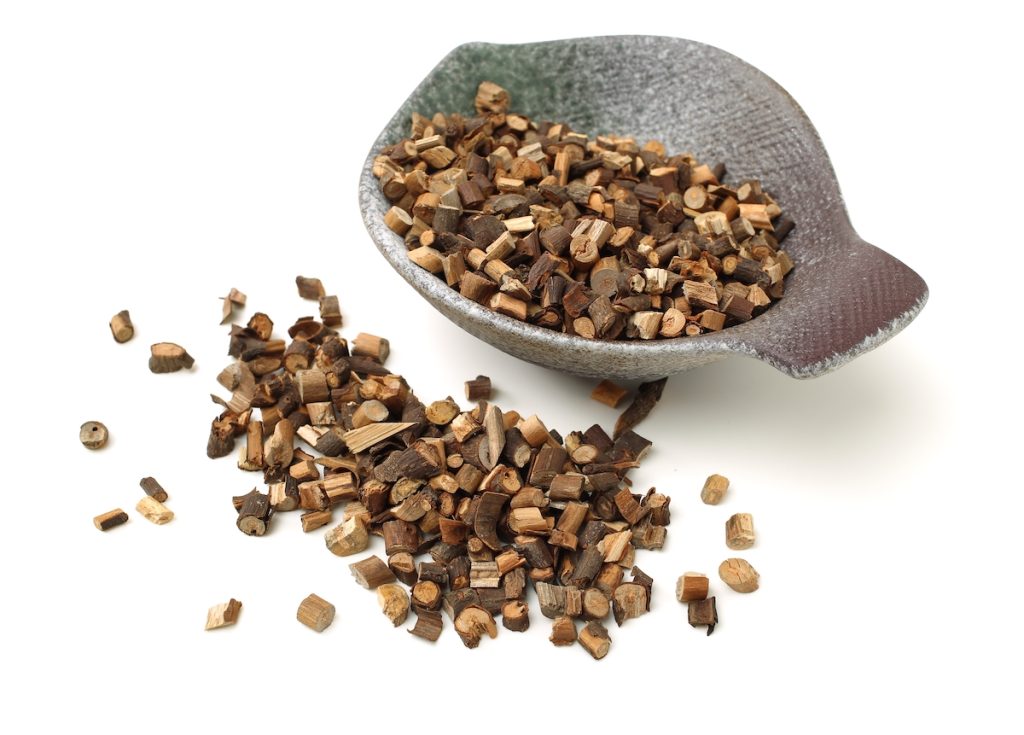
- Take a hot bath or shower
- Put on your comfy pajamas and then add a jumper/sweater, hat and socks (basically make sure you’re bundled up)
- Make yourself a pot of hot congee (a watery rice broth) or another kind of bland soup
- Drink a cup of Gui Zhi Tang Tea (if you’re taking tablets make sure you have some warm beverage to go with your soup)
- Go to bed
- Stay under the covers (no matter how warm you are (this part is not comfortable, but then again, neither is a head cold)
- Sweat and sweat and sweat until morning
- If you don’t sweat after the first dose of tea, you can repeat every hour or so up to 3x that first day
When you wake up in the morning you should feel back to normal. Considering the average cold lasts 7-10 days, I think a day of cinnamon flavored tea and a bit of sweating is a decent trade.
Yin Qiao San
There are many in my field that don’t even bother with Gui Zhi Tang as its thrust is nourishing and sweating. Instead, they head straight the the big guns of anti-microbial herbal remedies and this is where Yin Qiao San comes in.
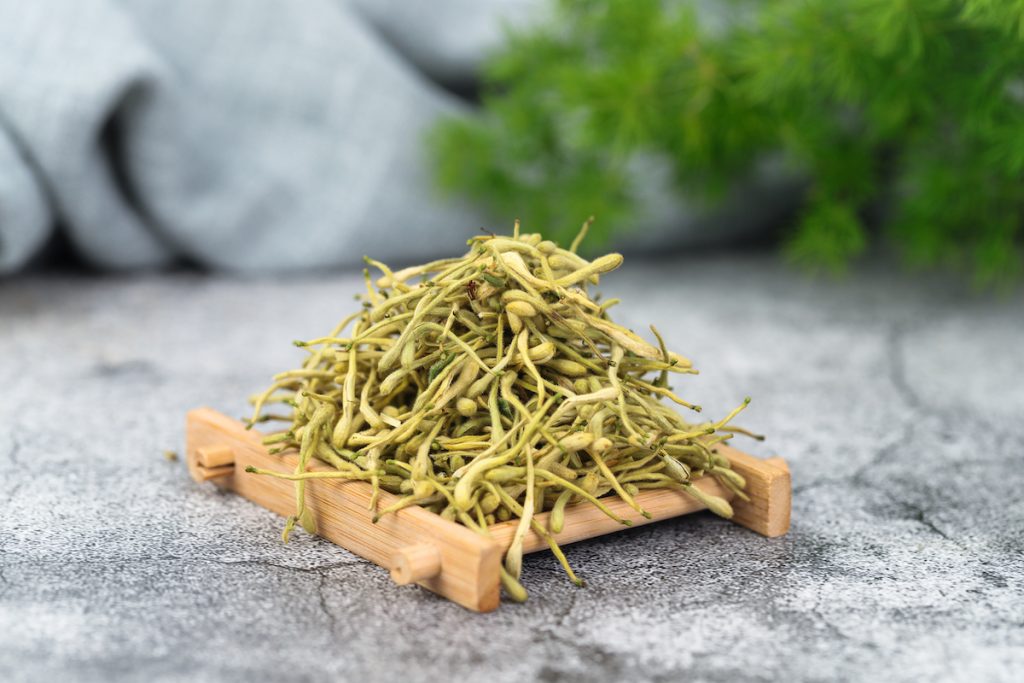
This is the classic TCM remedy for a sore throat and its main component is Lonicera or honeysuckle flower which is a powerful antibiotic and immunostimulant. It also uses Forsythia fruit, a few other anti-inflammatory herbs and Platycodon (balloon flower) root which is especially good at treating coughs and phlegm.
There are many ways to modify this formula and some of my favorite tend to “up the ante” on the antibiotic herbs making it a really powerful treatment for viral infection but the thrust of this formula remains the same and that is still to “release the exterior” or to sweat.
What’s next?
If your symptoms progress beyond the sweating stage where you’re firmly into the snotty and coughing stage we do still have herbal formulas to help you, but your chances of avoiding the week of suffering diminish significantly as the illness progresses untreated.
Your infectious phase usually ends about 7-10 days after your symptoms first appear
Once you’re through your infectious phase (usually about 7-10 days after symptoms appear) we have a lot of tools that can take care of the pesky lingering cough and congestion and speed healing. These use different herbs to transform phlegm and continue to clear heat but we no longer want to use sweating as our main treatment protocol because instead of hovering on the exterior, the wind has now settled into the lung.
And remember that in today’s world we are all responsible for the health of our immune system and we should still be testing for COVID if we have symptoms like headache and fever.
At the recent request of a patient, I have agreed to order in some of these Chinese medicine home remedies in my clinic so if you’re looking to stock up on your herbal allies, drop me a line and I’ll send some your way. Also, when it comes to external wind-invasion, you guessed it…there are points for that!
